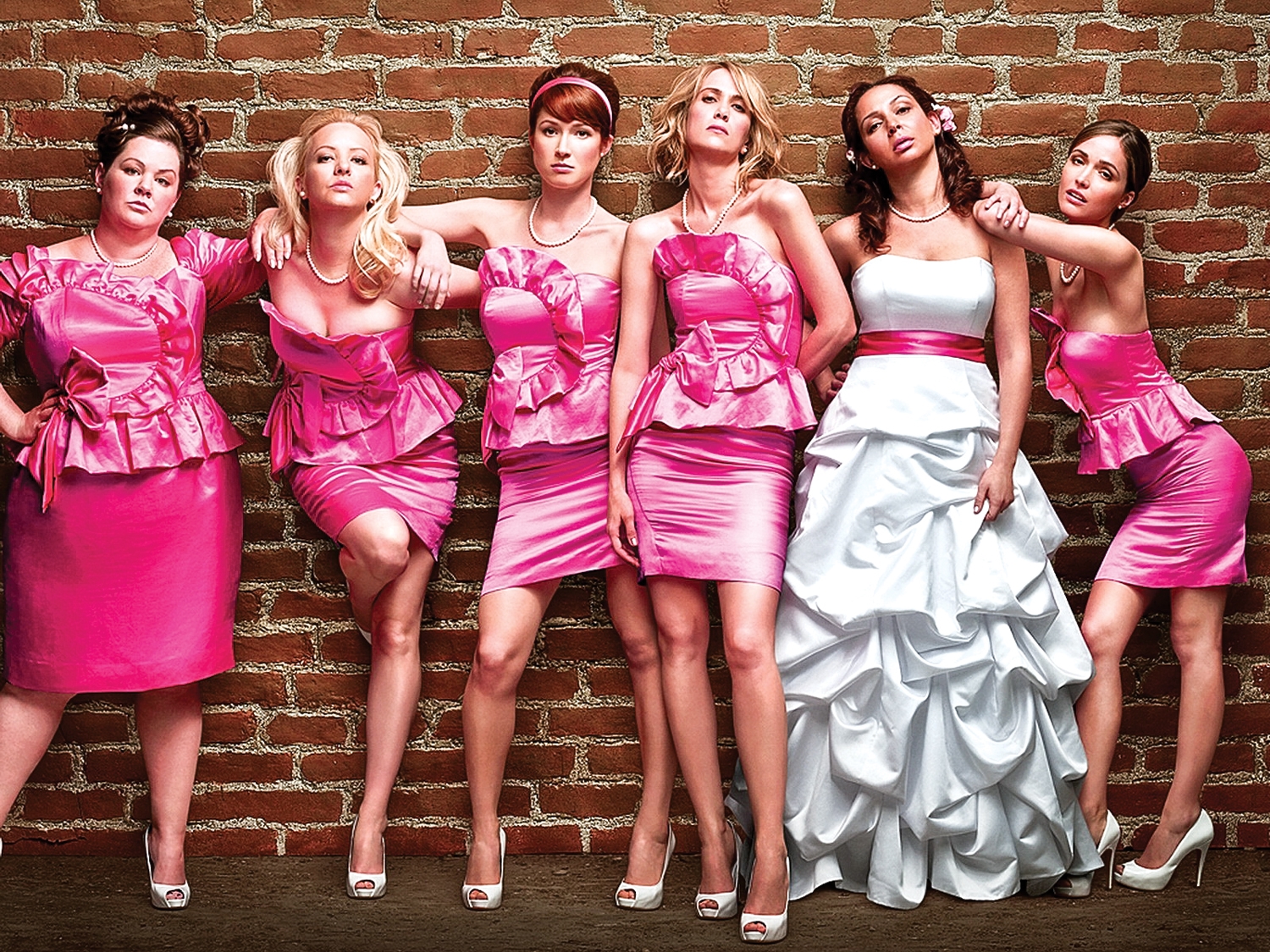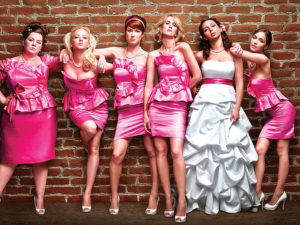The year 2011 was a great year for women in film. The critically acclaimed Bridesmaids, in particular, was one of the highest-grossing comedies of the year. Bridesmaids featured not only a female-dominated cast, but characters who went completely above and beyond the boundaries set by Hollywood for female roles.
The film journeys through the hardships of preparing for a wedding, while the maid of honour questions whether her friendship will withstand the test of time and marriage.
With the success it has achieved, will Bridesmaids pave the way for more films with female ensembles or strong, positive roles for actresses?
York film professor Dr. Michael Zryd is optimistic about the effect the success Bridesmaids will have on Hollywood. “I think it made a huge impact,” he says. “Hollywood listens to box office.”
He says the film has lessened the fear that female-centred comedies can’t make money, and movies for women have to be very sentimental or romantic. Bridesmaids has also proven that there is a market for romantic comedies amongst men, according to Zryd.
“I think Bridesmaids crosses over to different audiences and genres,” he says, referring to the combination of elements from romance and gross-out comedy in the film.
The label “chick flick” has long plagued movies that feature three or more leading ladies, often becoming failures in the box office. Those men who end up watching them often give the old “My girlfriend dragged me to see this movie” excuse.
Bridesmaids, which fortunately did not advertise itself as another romantic comedy, wasn’t given the “chick flick” label. While the main plot involves getting ready for a friend’s wedding, the women don’t spend a majority of the time giving each other makeovers or crying to music from Adele. Instead they spent time being “unladylike:” getting explosive diarrhea and defecating in the middle of the street. Audiences, however, found them absolutely hilarious—both women and men flocked to see this movie.
Super-producer Judd Apatow, the man behind The 40-Year-Old Virgin and Superbad, whose films are normally geared towards a male audience, was undoubtedly one of the greatest selling points for the male audience of Bridesmaids.
It was reported that 33 per cent of the movie’s audience who saw Bridesmaids on opening weekend were male. That is 23 per cent more than the percentage of men who saw Sex and the City 2 on opening weekend.
Zryd points out that Apatow’s films are also more than just raunchy comedy, and that this is perhaps why critics liked Bridesmaids. “There’s always an element of sweetness to [his films], and many of them are quite intelligent,” he says.
Apatow has strong beliefs that women can make it in comedy. During an acceptance speech at the Critic’s Choice Awards, he alluded to a quote by Jerry Lewis who said in 1998 that he didn’t think women were funny. In response, Apatow said, “With all respect, fuck you.”
During an interview, he said, “I never think about who the crowd is, I just try to figure out the best way to tell the story.”
The success of Bridesmaids should teach us how female-driven films could be marketed without being given the Sex and the City treatment. Not all film trailers have to focus on the fashion, the glitz and glamour, and scenes that make up the entire plot line. Also, I’m personally sick of hearing “Raise Your Glass” in rom-com trailers.
I’d like to see trailers that showcase the story, rather than ones that treat audiences as being dim-witted and superficial. They should not rely on clichés when marketing a film.
Then again, perhaps the lack of commercially successful and critically acclaimed films with female-dominated casts has something to do with the fact that there are simply not enough strong, positive female leads out there in the first place.
When a female character is shown to be assertive or in power, she is usually the antagonist or the “bitch” in the film. Most of the time, the female lead is the damsel in distress or the supportive partner or sidekick to the male hero.
There is not a lot of well-written material for actresses in Hollywood. A small number of actresses succeed in the drama category, while others often try and fail.
Sadly, most actresses find success in romantic comedies, which are typically cheesy, have almost identical story lines and characters that lack depth.
The only “chick flick” cliché in Bridesmaids is embodied through the character Helen. She is stylish, uptight, and beautiful, and interestingly enough, is the antagonist of the film. Not only is she vital for the plotline, but she parodies all the characters in every romantic comedy.
Movie-makers need to have more faith in the audience; we need originality, and substance. The audiences will believe a girl who’s a size 14 as a leading lady, not a skinny actress wearing a fat suit. I think it is high time we see a story about the lives of female telemarketers, and not the lives of Manhattan socialites.
Zryd also points out the complexity of Kristin Wiig’s character as a standout quality of Bridesmaids.
“She’s an entrepreneur who’s suffering because of the economic downturn,” he says. “Her situation is something that a lot of people can sympathize with. Her experiences with bad roommates and bad boyfriends is something everyone can relate to.”
There are too many writers and actresses whose work is not recognized by the public. There are women who are not afraid to go against type, and there are quality writers who can write a well-developed story with three-dimensional characters without the need of CGI or 3D technology.
It has been a constant struggle for women to be treated as equals in Hollywood since the beginning of cinema. But with the success of Bridesmaids paving the way for women in film, I hope to see more films with strong and funny female ensembles.



